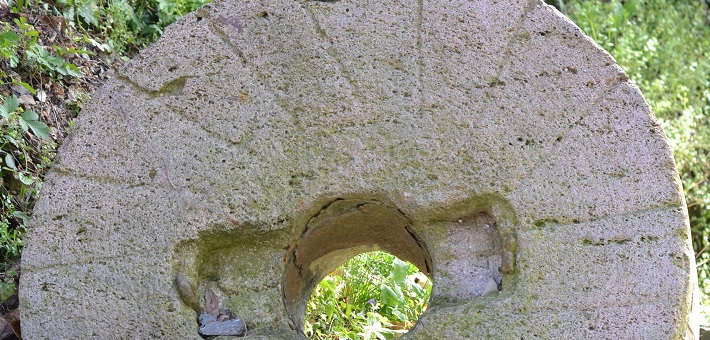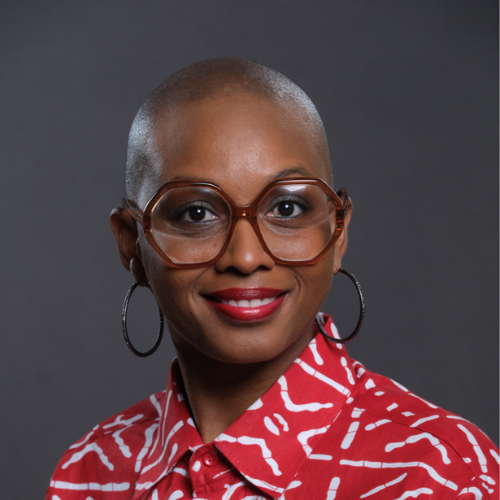Commentary on Esther 7:1-6, 9-10; 9:20-22
The idiom “caught between a rock and a hard place” means that an individual or group is in a situation where they must make a choice between two unpleasant or difficult experiences or courses of action. Readers see this idiom at play in Esther 7 when Queen Esther (also known as Hadassah [2:7], presumably the name her parents gave her; hereafter I refer to her by this name), voices to the king that she and her people—the Jewish collective—have been sold “to be destroyed, … killed, and … annihilated” (7:4). But “if we had been sold merely as slaves,” she says, “… I would have held my peace” (7:5).
Queen Hadassah finds herself in a troublesome situation: to speak out against Haman, who sold her people to destruction for 10,000 talents of silver (3:9), or to remain silent (“hold her peace”). The situation is challenging because of gender and other power dynamics at play: although she is now the queen of the Persian Empire, she lives in a patriarchal and colonial world wherein men have advised the king to legalize male supremacy, which he does through the establishment of a law “that every man should be master in his own house” (1:22b).
Moreover, earlier in the narrative, Hadassah’s cousin and guardian, Mordecai, had advised her to hide her kindred and people (2:20). Thus, Hadassah’s “speaking out” in chapter 7 exposes her ethnic identity, which now makes her a target for death.
Both the Jewish collective and Hadassah individually are “caught between a rock and a hard place.” According to Hadassah’s speech, it seems the Jewish collective would have preferred and chosen enslavement over death, which foregrounds their collective histories and memories of enslavement. They are not depicted as enslaved people in the book of Esther; however, readers might be aware that the Jewish collective had oral traditions of remembering their enslavement in and release from Egyptian captivity (Exodus 13:14–16, Deuteronomy 11).
Additionally, in the book of Esther, there is a reference to Babylonian captivity (2:6). It seems Hadassah is strategically petitioning the king to allow her and the Jewish collective to live—perhaps even if that means as enslaved people—rather than die at the hand and by the legal decree of Haman.
Hadassah’s utterance illuminates how the Jewish collective lives in a society wherein they must make a hard decision between two types of oppression: enslavement and death. My husband questioned in response to this observation: “What type of society have we created that people have only two death-dealing experiences from which to choose? Are we merely creating rocks and hard places for people?” We both pondered, “Can societies not offer any life-giving, softer options?”
As I read Esther 7, it brings to mind two contemporary contexts in which this idiom intersects with others. The first is the transatlantic enslavement trade, wherein more than 10 million enslaved Africans were transported to the Americas between the 16th and 19th centuries. They too experienced diminished and contested agency through colonialism. For many, their deepest conviction, as expressed in the Negro Spiritual “Oh, Freedom,” was: “Before I’d be a slave, I’d be buried in my grave, and go home to my Lord and be free.” They, who were enslaved, preferred death over enslavement.
Yet another 21st-century idiom is “I’d rather be judged by twelve than carried by six.” This idiom has diverse interpretations. One is “I’d rather kill than be killed,” which is embodied by the Jewish collective in the book of Esther as they murder over 75,000 people who were planning to kill them under Haman’s edict (9:16). Another interpretation is “I’d rather be imprisoned [which many people contend is a modern form of enslavement1] than killed.”
I find it quite fascinating that those who are not enslaved (the Jewish collective and many contemporary individuals) would prefer enslavement over death, while enslaved persons from the continent of Africa and many of their descendants preferred death over enslavement. Nevertheless, the focus on this idiom is to illuminate that powerful people in both ancient and contemporary societies have created “caught between a rock and a hard place” contexts that force disempowered people to choose between oppressions asphyxiating individuals’ and groups’ abilities to live and thrive.
Equally disturbing, Hadassah is “caught between a rock and a hard place” as Mordecai pressures her to speak out on his and the collective’s behalf. His actions are unsettling for multiple reasons. Foremost, as already mentioned, he instructs her to conceal her identity, but in chapter 4, weaponizes her silence regarding her identity against her as he coerces her to intervene on behalf of the Jewish collective. He says, “Do not think that in the king’s palace you will escape any more than all the other Jews. For if you keep silent at such a time as this, relief and deliverance will rise for the Jews from another quarter, but you and your father’s family will perish” (4:13).
To some, his tone is threatening. The heartbreaking irony of this demand, however, is that he refuses to let her “hold her peace,” which, in this context, would be a life-sustaining choice, as she has already reminded him of the king’s edict that states that if a person goes to the king without being called, they will be put to death (4:10–11). Yet Mordecai pressures Hadassah to choose speaking out over silence, although he himself had not done so in chapter 2, in order to protect her from the king’s sexual abuse. As the story is depicted, Mordecai “held his peace” when the king legally trafficked and sexually abused Hadassah and countless other nameless girls. Now that his actions lead to the Jewish collective being “caught between a rock and a hard place,” he bullies Queen Hadassah into becoming a savior.
In chapter 9, the Jewish collective celebrates their survival. Their sorrow turns into gladness, their mourning into celebration. Yet this celebration must be held in tension with the fact that they kill more than 75,000 people. They survived … but by appropriating the “master’s tools” of violence and death. It seems they may still be “caught between a rock and a hard place.”
Notes
- For example, see: Angela Y. Davis, Are Prisons Obsolete? (Seven Stories Press, 2011), and Michelle Alexander, The New Jim Crow (The New Press, 2020).


September 29, 2024